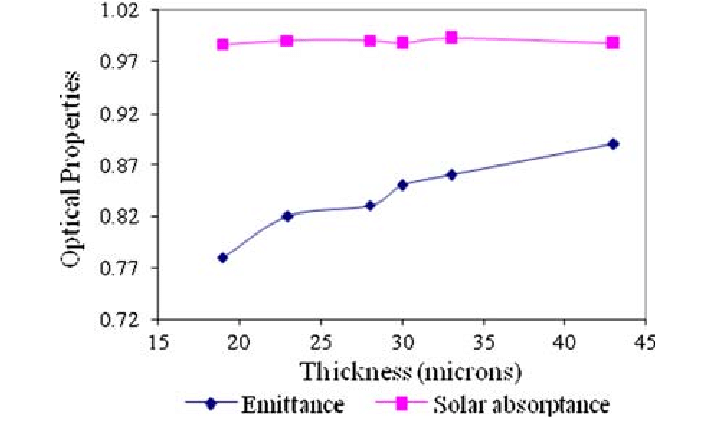· Change in colour: In semiconductors, bandgap changes with particle size; bandgap is the energy needed to promote an electron from the valence band to the conduction band. As particle size decreases, bandgaps increases and so wavelength of light emitted by the particles decreases. When the bandgaps lie in the visible spectrum, a change in bandgap with size means a change in color. Example: Gold, this readily forms nanoparticles but not easily oxidized, exhibits different colors depending on particle size. Gold colloids have been used to color glasses since early days of glass making. Ruby-glass contains finely dispersed gold-colloids. Silver and copper also give attractive colors.
· Transmit information: Nanocomposites formed by transition metal clusters embedded in glass matrices exhibit interesting optical properties: Candidates for nonlinear integrated optics, photonics using photons instead of electrons to acquire, store, process and transmit information. Glass is cheap, ease of processing, high durability, high transparency
· UV blocking: Large ZnO particles a. block UV light, b. scatter visible light and c. appear white. But ZnO nanoparticles a. block UV light, b. do not scatter visible light because the size of the particle is compared to the wavelength of visible light, and c. it appears clear. Due to these properties nano ZnO is used in cosmetics.
· Interference: Natural nanomaterials in butterfly wings (photonic crystals within) are responsible for their attractive color effect. This is based on the constructive interference of light wavelengths as they interact with the nanomaterials.
· Scattering: Nano-colloids (milk) shows scattering effect and the colors arises from the fact that different particle sizes scatter different wavelengths.
· Plasmons: Metal colloids (nano gold) show surface plasmons. This is a peculiar effect found in metal nanoparticles responsible for the vivid colors of metal colloids.
· Quantum fluorescence: Semiconductor quantum dots show quantum fluorescence. The quantum confinement in nano-sized semiconductors leads to discrete energy levels from which energy can be emitted (fluorescence) after it has been absorbed by the semiconductor.


